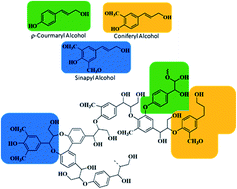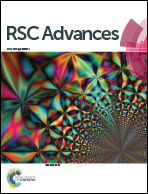Lignin biopolymer: the material of choice for advanced lithium-based batteries
Abstract
Lignin, an aromatic polymer, offers interesting electroactive redox properties and abundant active functional groups. Due to its quinone functionality, it fulfils the requirement of erratic electrical energy storage by only providing adequate charge density. Research on the use of lignin as a renewable material in energy storage applications has been published in the form of reviews and scientific articles. Lignin has been used as a binder, polymer electrolyte and an electrode material, i.e. organic composite electrodes/hybrid lignin-polymer combination in different battery systems depending on the principal charge of quinone and hydroquinone. Furthermore, lignin-derived carbons have gained much popularity. The aim of this review is to depict the meticulous follow-ups of the vital challenges and progress linked to lignin usage in different lithium-based conventional and next-generation batteries as a valuable, ecological and low-cost material. The key factor of this new finding is to open a new path towards sustainable and renewable future lithium-based batteries for practical/industrial applications.

- This article is part of the themed collection: 2021 Reviews in RSC Advances


 Please wait while we load your content...
Please wait while we load your content...